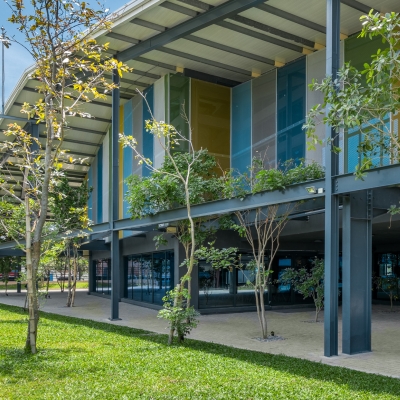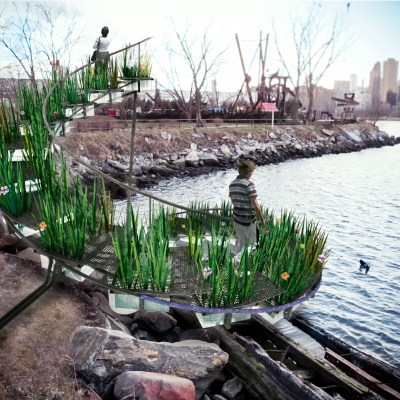Part 6 Circular Design - Future Possibilities
2024.10.30
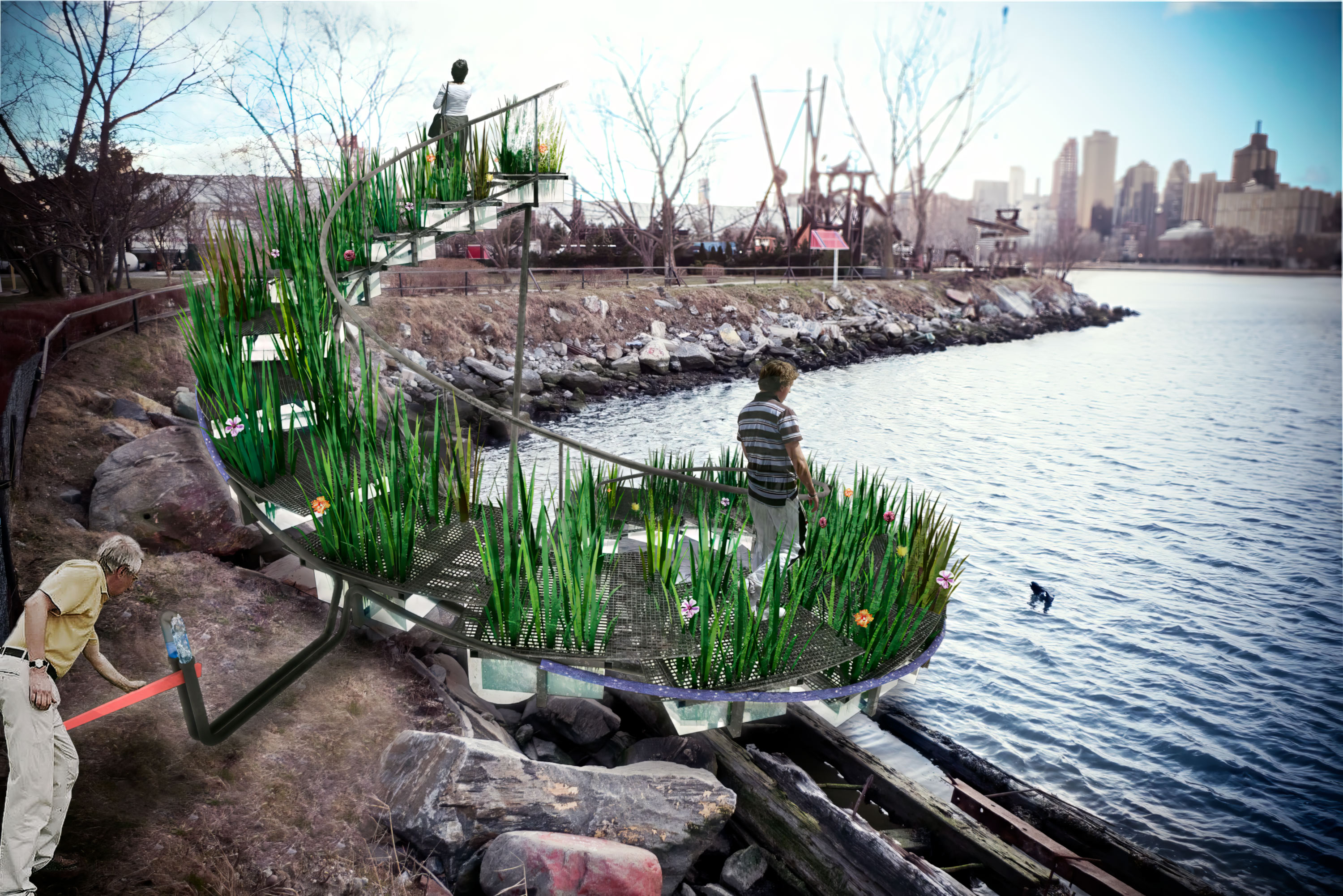
This series has discussed the tenets of Circular design and used conceptual "Lenses" to demonstrate how simple concepts can make a real impact towards building a circular and sustainable economy. As a firm, we’re deeply committed to advancing these principles and have incorporated circular design methodologies into our practice wherever possible.
The work we’ve showcased here represents just minor steps towards that better future, mostly focused on developing buildings that respond better to their environment over the lifespan of the projects. For this final chapter, we’re recapping and discussing alternative readings for our four Lenses to help us imagine the future of circular design.
What is Really Necessary?
We explored the first Lens of circular design, Necessity, through our Dedegumo Watch Atelier project in New York City. In that project, the approach emphasized surgical, impactful architectural interventions that reduced waste and environmental impact while incorporating a minimal yet refined aesthetic. As we look towards the future of embodying necessary design, there are a number of more radical practices and recommendations one can employ as a designer. For an architect, the boldest idea should be that an extensive new building project might not be necessary. While it may go against an architect’s inclination to think tabula rasa, it is worth continually re-considering the exact requirements of the project and its long term impact.
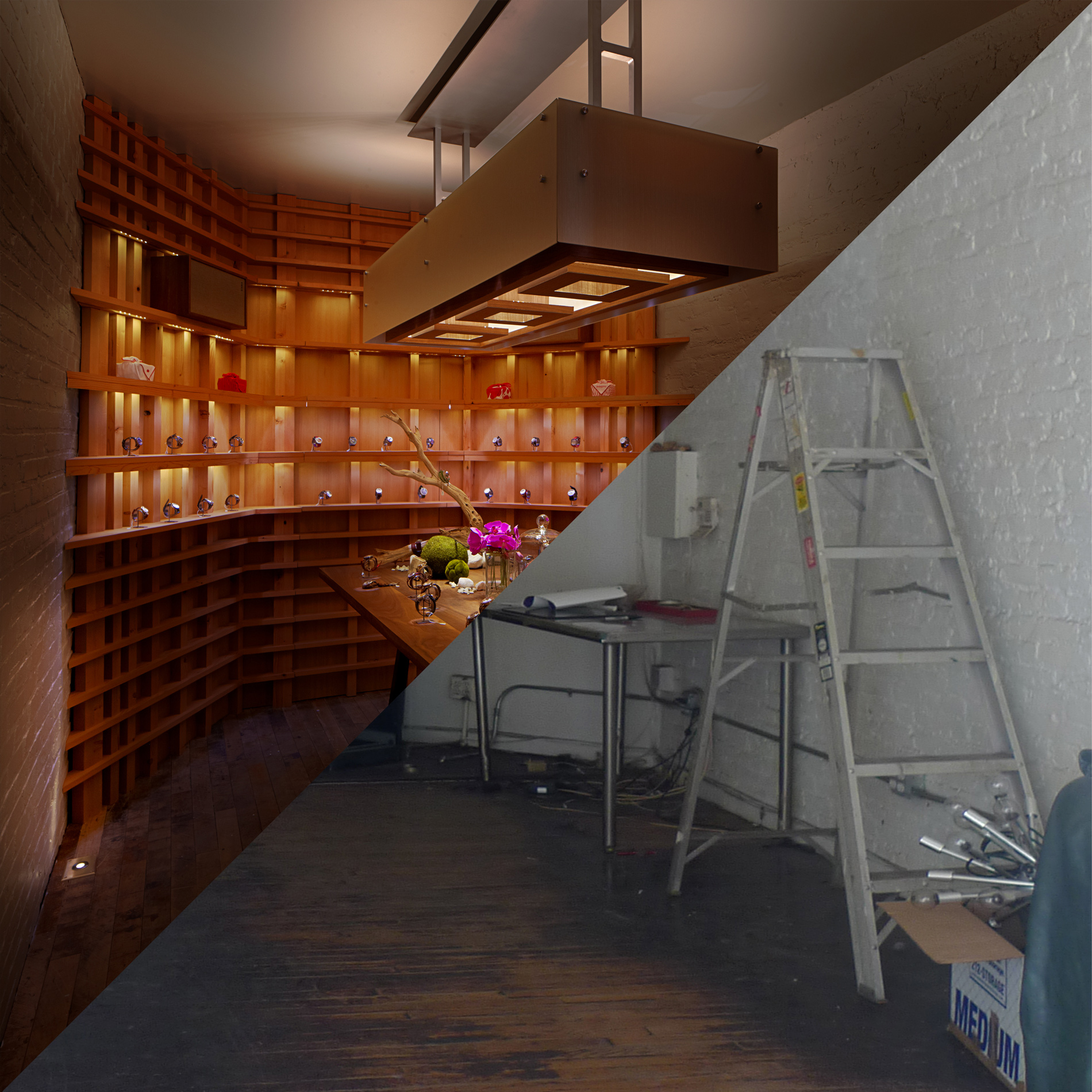
While we’ve been examining a more reductive side of “necessity,” concerned with reducing overall complexity and scope, it’s also worth noting that closely examining a project brief in context of this principle can also bring new ideas and increase effectiveness to develop a holistically conceived solution that reaches beyond the formal requirements of the program.
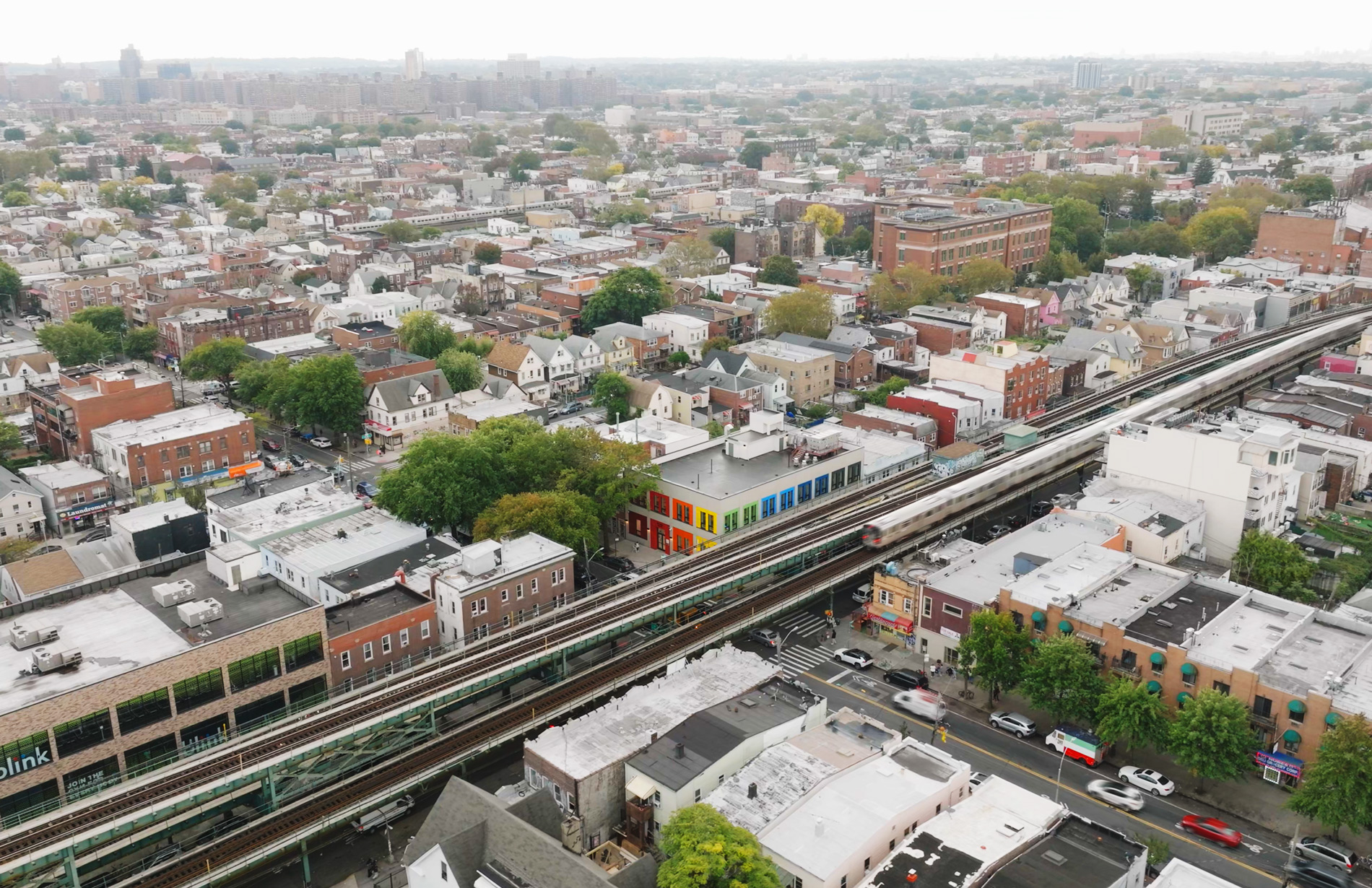
At our Corona 3K School we were delivered a number of strict design requirements, but facade performance and acoustic isolation were not initially high priorities for the client. Nevertheless our site survey revealed that the adjacent road and elevated subway were major sources for pollution and loud noise that would interfere with the educational programming. As such, we made it a priority to make drastic improvements to acoustic, facade and ventilation performance for the long term benefit of students and staff. Embracing necessity doesn’t have to mean defaulting to a minimum viable product, it also means a willingness to critically examine what success means in its specific context.
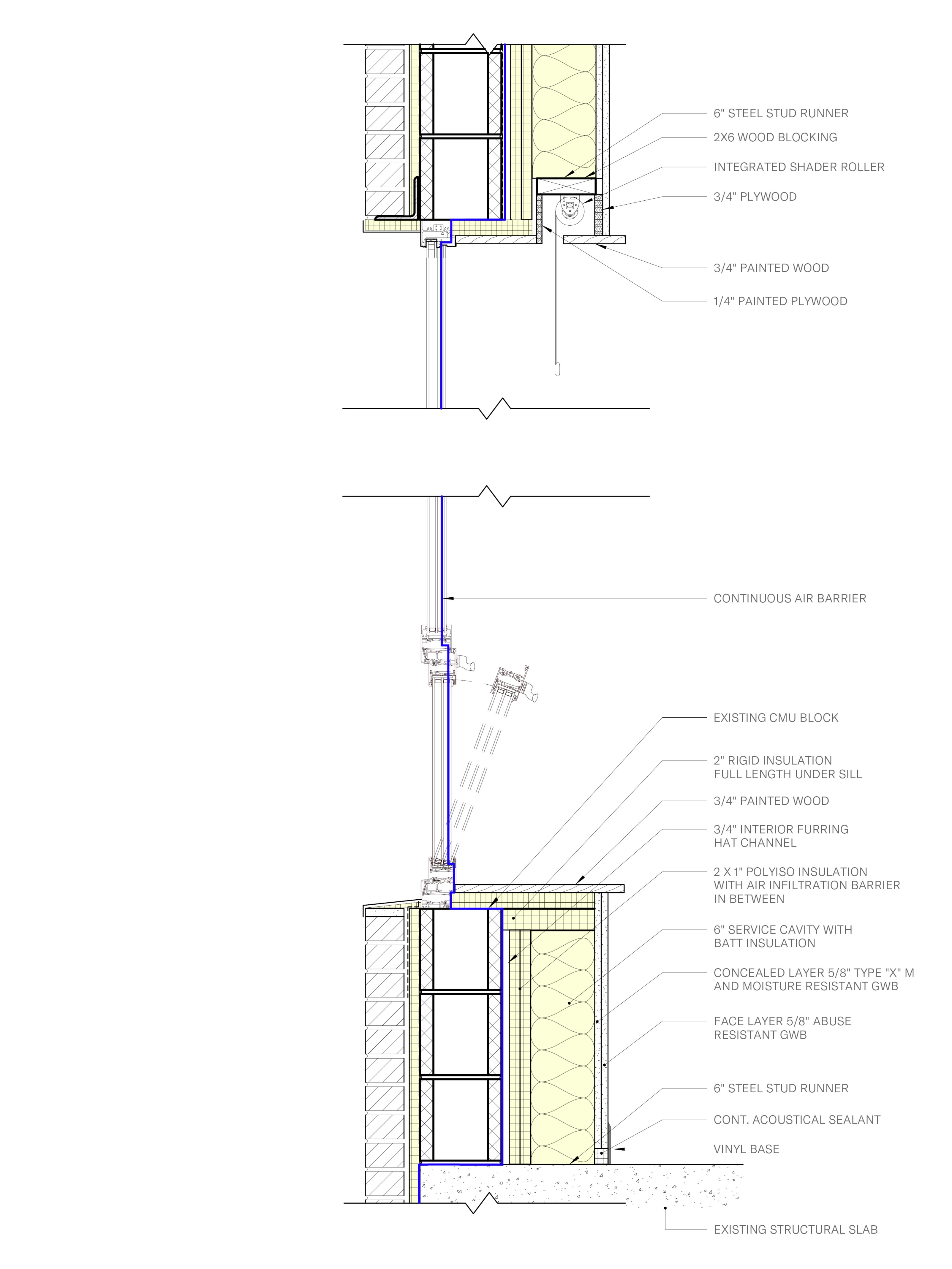
For an architect, the boldest idea should be that an extensive new building project might not be necessary.
Efficient Design
The previous post on the lens of Efficiency centered on our Excelsior ADU prototype design. Our design prioritized solutions that addressed multiple housing challenges simultaneously. By focusing on a compact, adaptable layout, the Excelsior ADU increases density in single-family neighborhoods while maximizing the use of existing infrastructure.
This prototype exemplifies the ethos of circular design by achieving maximum value and functionality in constrained urban environments while promoting ecological regeneration and operational sustainability.
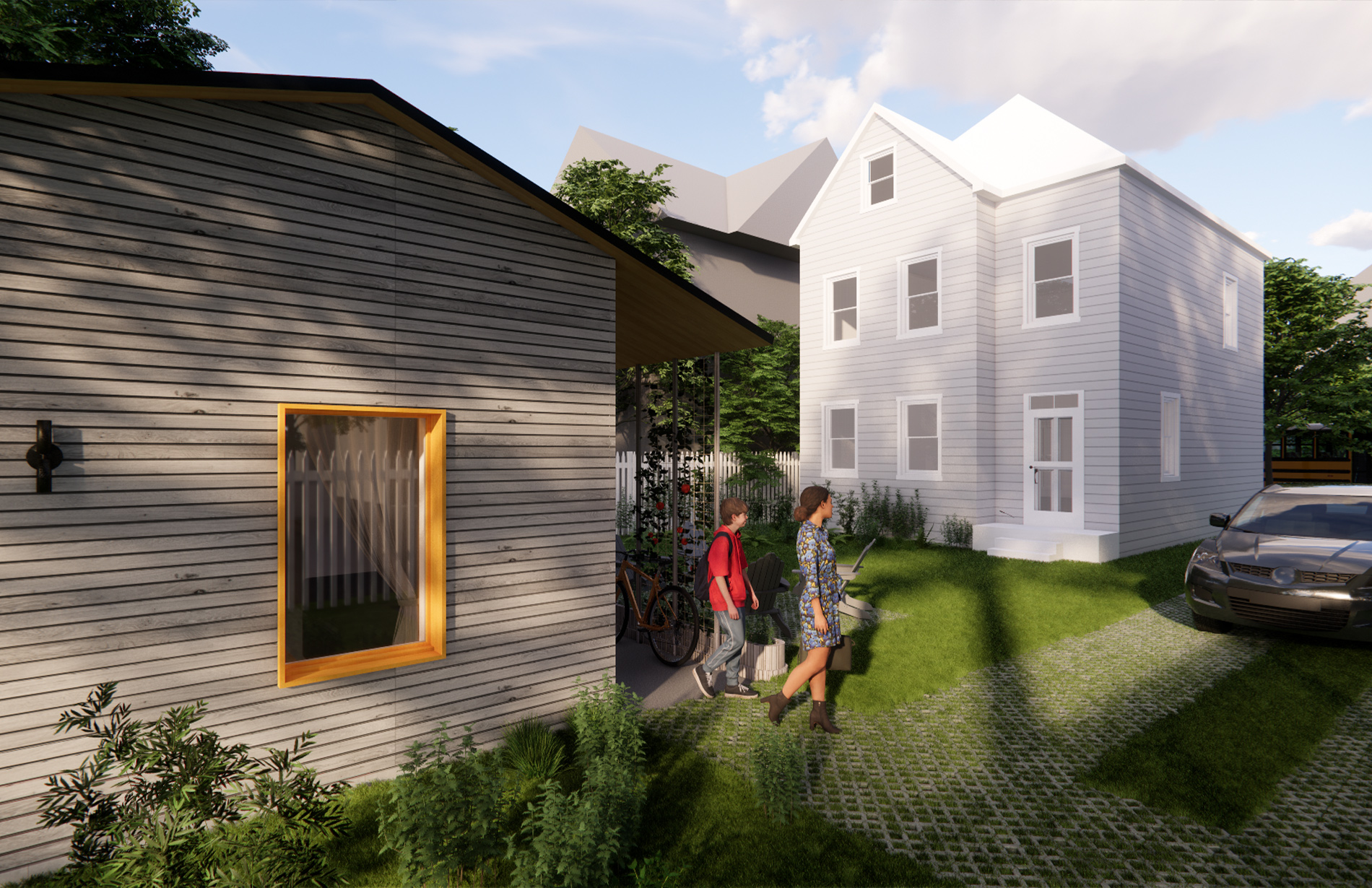
There’s another way to look at efficiency that has less to do with direct environmental impact and more to do with efficiency of design impact. How can architecture deliver the most experiential bank for the buck? This is a prime consideration for cultural projects where optimization is more difficult to determine. In our proposal for the Korean Writing Museum, we deployed a unique architectural intervention in the form of an inhabited wall that grows from the landscape to wrap the program in a trefoil form.

Embedded into the structure is a history of human writing throughout the centuries, with museum programming encouraging visitors to add their own marks to the monolithic wall. This design element embodies an efficiency of design as a piece of architecture that at once develops a key concept for the building’s program, performs a didactic, sensorial function and literally holds the structure up.
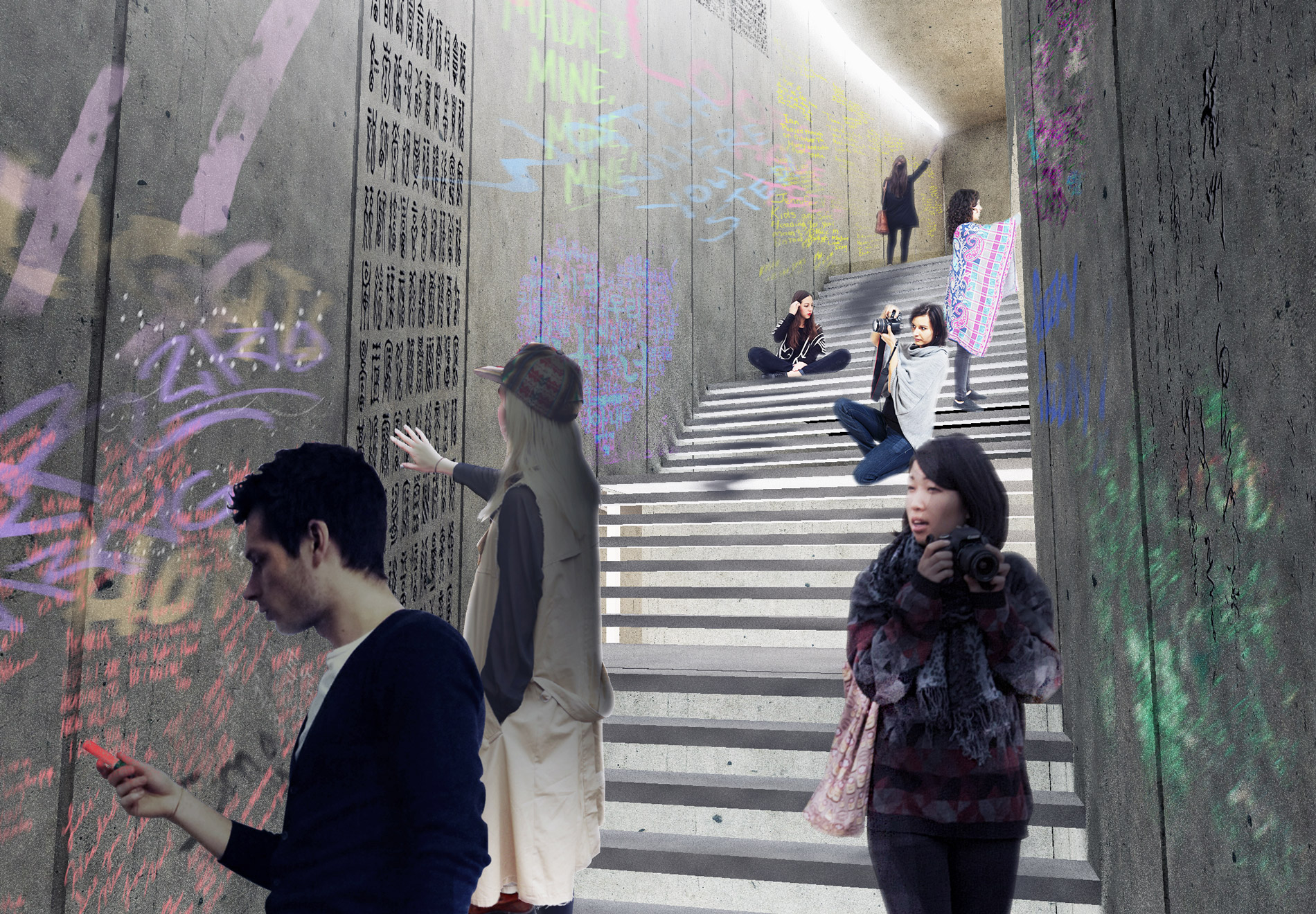
Resilient Design's Global Impact
We developed the Boerum Hill Passive House renovation project in Brooklyn through the lens of "Resiliency." By refurbishing the original building and preserving its brick facade, the project honors its heritage and promotes community cohesion while minimizing waste and environmental impact. This manifestation of resiliency is focused particularly on energy performance of the structure. but also in the cultural resiliency of a single structure and typology, in the face of ongoing economic and environmental challenges.
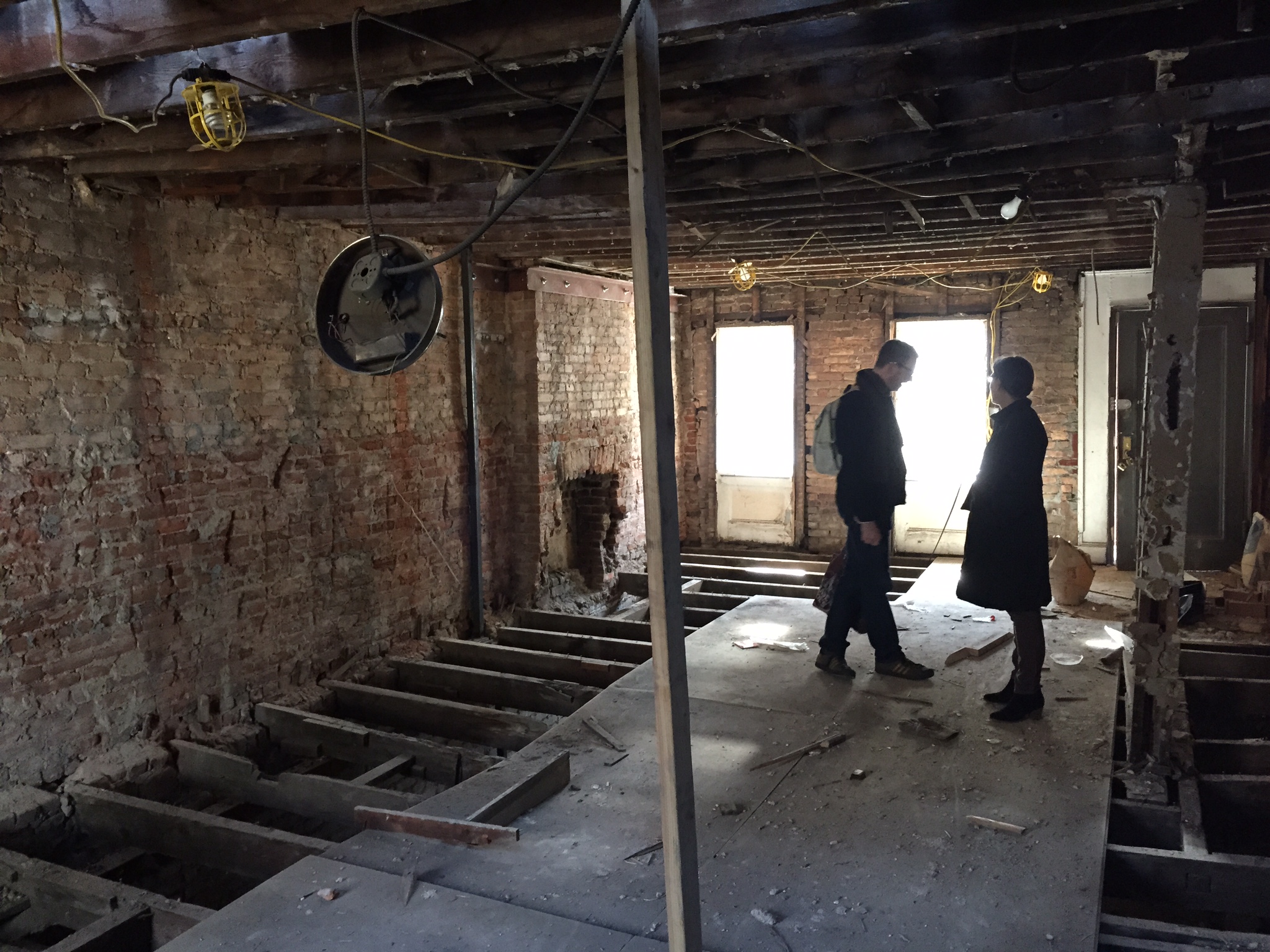
Another way to look at resiliency emphasizes holistic resiliency and continued sustainability of environmental systems and critical institutions. In a recent proposal for an aquarium, we called for a conceptual and physical integration of biological and mechanical systems to create a sustainable, resilient model of operation for the aquarium’s vital conservation mission. By ensuring the continued success of these institutions we hope that individual steps towards increasing resiliency create a better world whose institutions are well prepared for the future challenges of climate change.
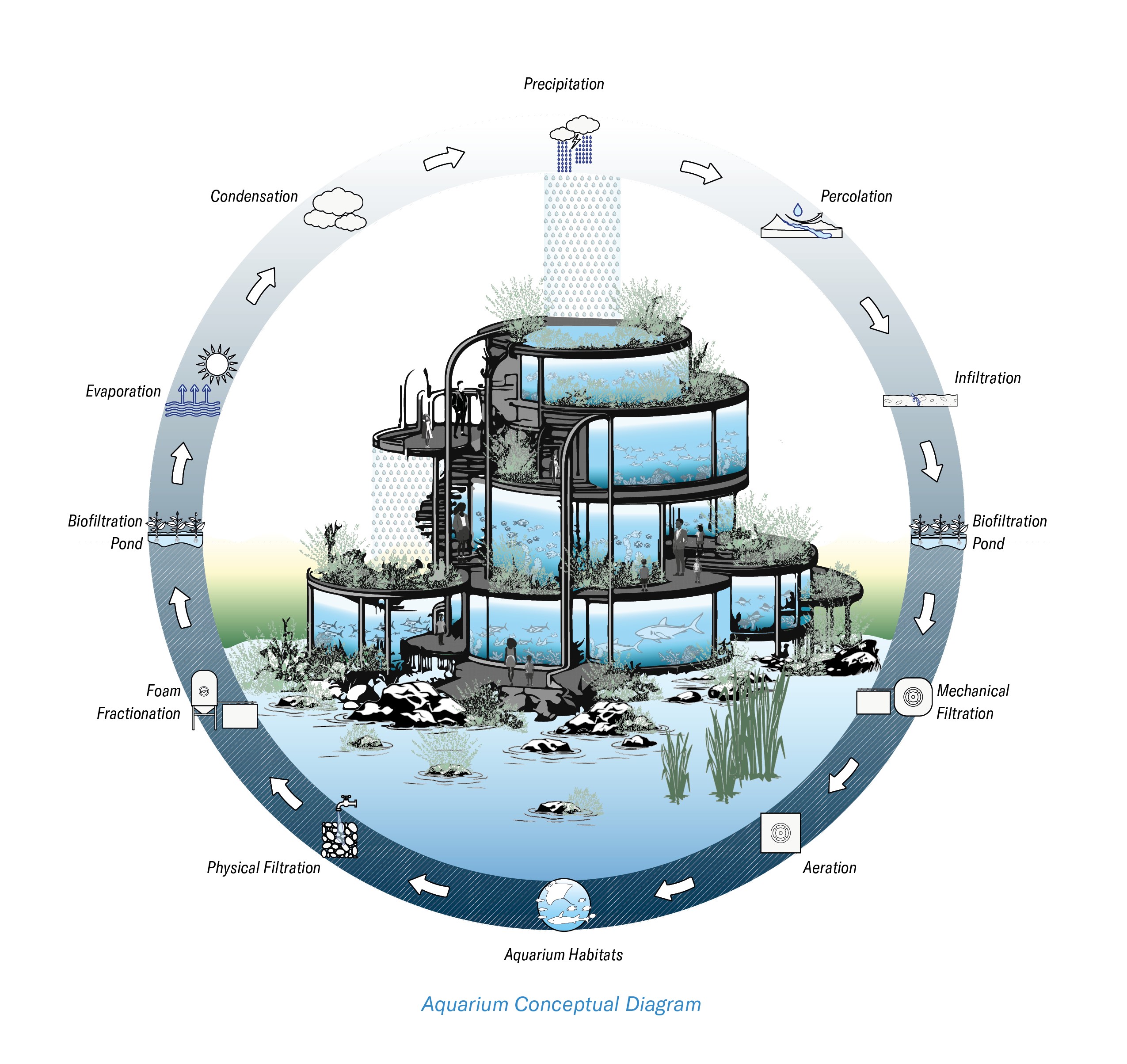
Individual steps towards increasing resiliency create a better world for everyone.
Radical Adaptability
We highlighted adaptable design in our Star Garment Innovation Center, a transformative project that retrofitted an outdated manufacturing building into a cutting-edge, eco-friendly facility, showcasing adaptability in the face of cultural and climate change. Achieving Passive House EnerPHit certification in Sri Lanka's tropical climate, the project emphasizes local materials, simple design details, and shading strategies to combat high temperatures and humidity. Its programmatic flexibility allows for reconfigurable spaces that can evolve with the fashion industry's changing needs, minimizing long-term waste and obsolescence.

The Star Garment Innovation Center represents a great example of how a building can offer organizational adaptability. A more radical approach to this concept asks how a building itself might be easily adaptable. Our proposal for the prototype RSPCA Animal Centre of the Future called for a modular approach that could be adapted to suit the unique needs of local contexts and communities. In addition to typological adaptability at construction, the modular approach facilitates long term maintenance and non-destructive upgrades to building services.
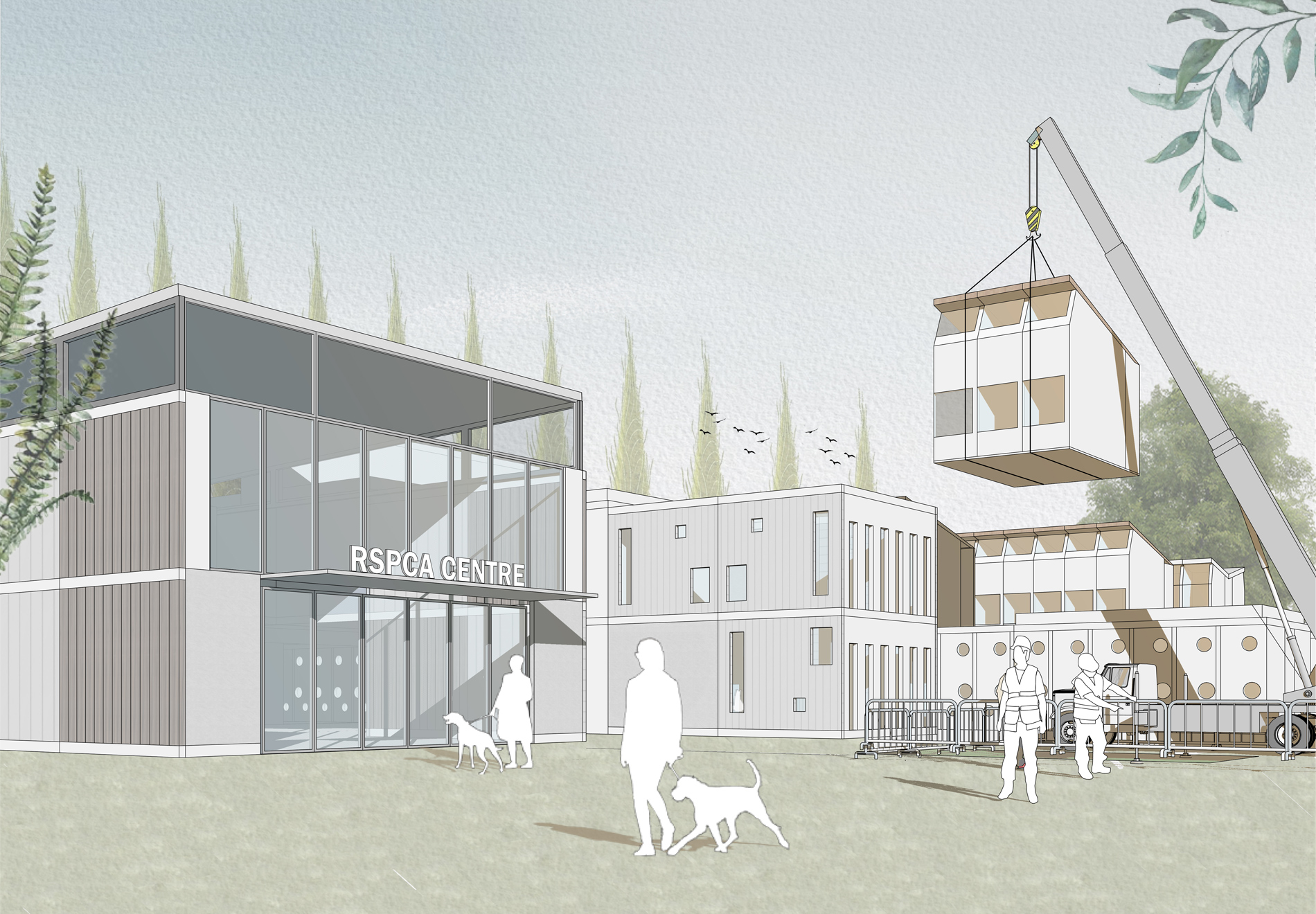
We see this approach to radical adaptability as a critical means towards reducing the built environment’s ecological impact, but also as a potential sea change in the conceptualization of sustainability and how buildings should be used, one that encourages long term thinking and sensitive, smart development.
Radical adaptability is a critical means towards reducing the built environment’s ecological impact.
Leave It Better Than You Found It
To conclude this series, we will focus on our project “First Steps,” a conceptual response to the long-polluted East River that embodies our ethos of remediative circular design. First Steps is a spiral staircase, designed to connect visitors with the waterfront while promoting ecological awareness.
Rising over nine feet high, the lightweight structure uses a solar-powered pump to circulate water pulled directly from the East River to the top of the staircase, whereupon which it begins migrating back by trickling through trays that contain plants that naturally filter pollutants. The water is eventually returned to the river oxygenated and cleansed, each drop a small step towards a solution.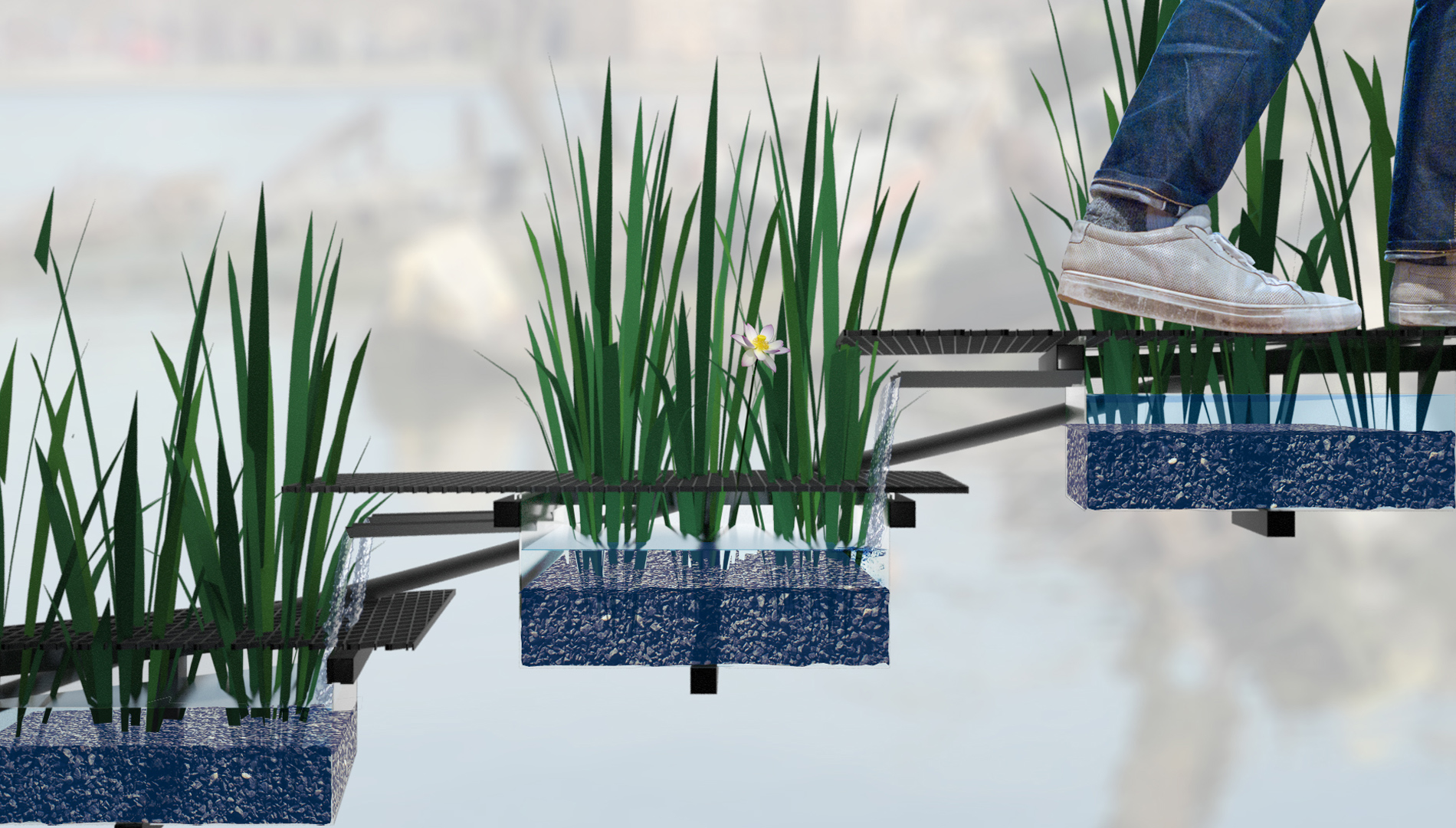
The design emphasizes sculpture as a catalyzing process, inviting engagement and highlighting the importance of environmental revitalization at a human scale. Its minimal structure and water filtration system embody a conceptual approach to circular design reminiscent of the old adage, posted outside US National Parks: “Leave it better than you found it.”
Although the challenges facing designers today are many, circular design and the principles we’ve discussed are tools towards achieving a more circular economy. Each action we take is an important step towards a better future and we’re proud to be pushing forward every day.
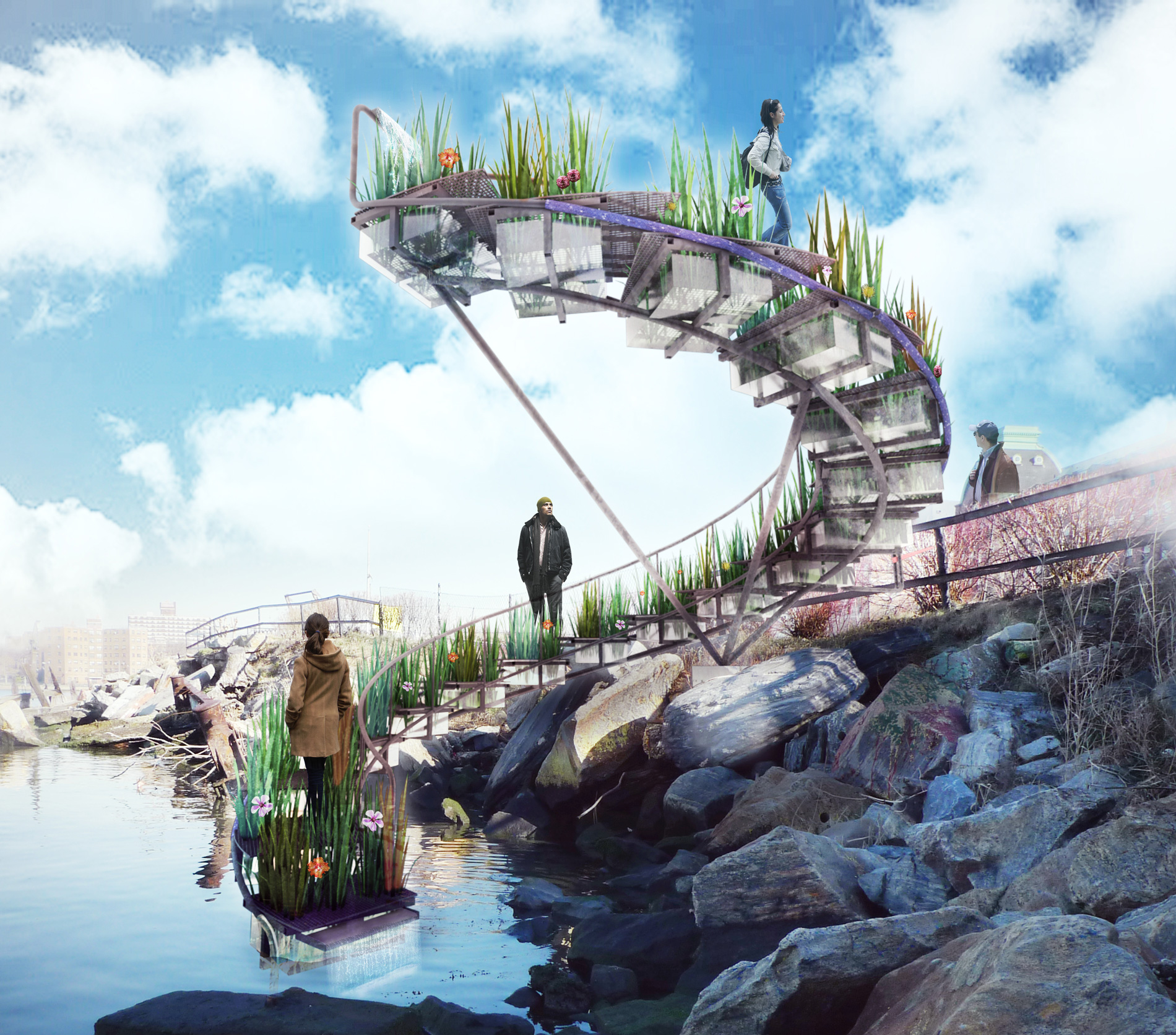
Each action we take is an important step towards a better future.






